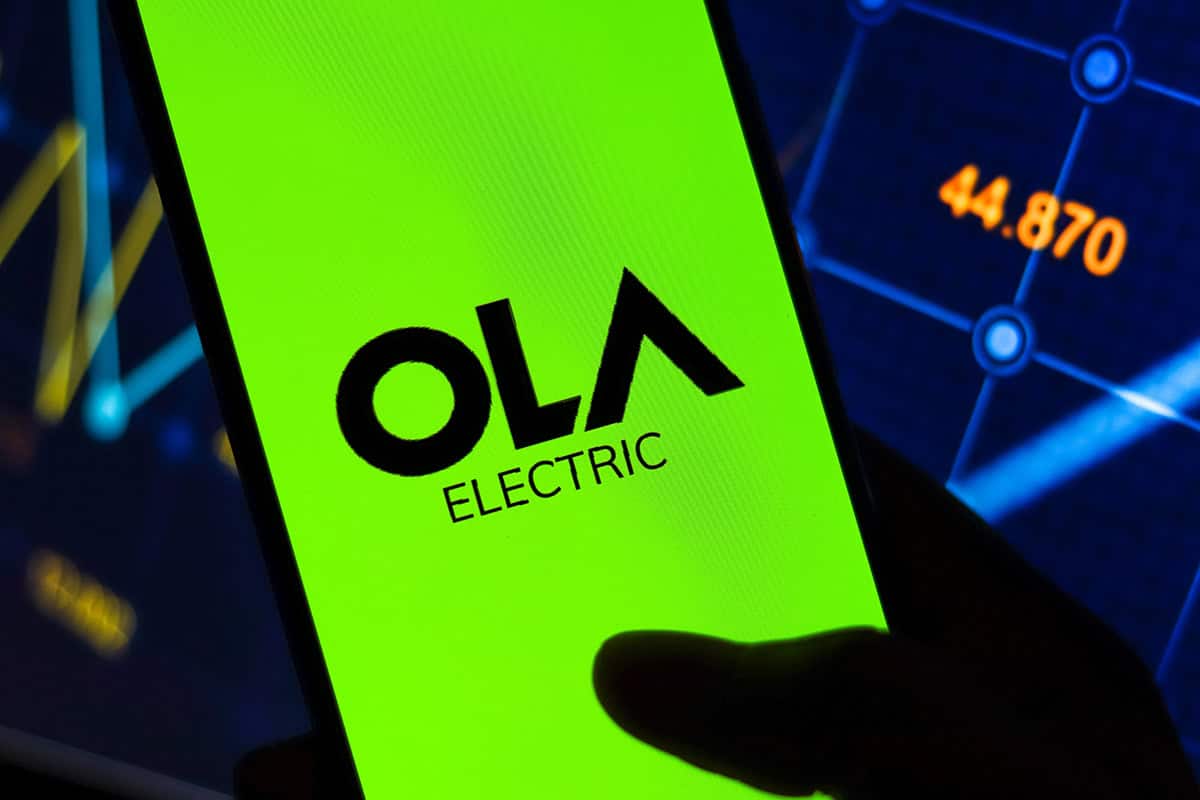A $734 million initial public offering by Ola Electric Mobility Limited, an Indian electric two-wheeler (E2W) maker, surpassed expectations to emerge as the Mumbai market’s most successful-ever debut on August 9.
Ola is a pure electrical vehicle (EV) brand with a leadership position in scooters and motorcycles, claiming a 49% market share in the E2W space in India. Founded in 2017, it is India’s first E2W maker, the first Indian automaker in two decades to establish itself successfully, and now the biggest debut this year in the Indian equity markets.
The SoftBank-backed company’s shares surged nearly 82% in less than two weeks after the IPO, rising 20% over its initial share price of 91 cents on August 16, to lift its market capitalization across the $7 billion mark after it announced the launch of new electric motorcycles and that it would manufacture its own batteries to cut costs. A portion of the IPO net proceeds—$141 million—will be used to expand the manufacturing capacity Ola’s gigafactory in Tamil Nadu.
The sudden surge in Ola’s shares, without any obvious reason, surprised analysts; the company incurred a net loss of $189 million in the fiscal year 2024. This loss increased to $41 million in the first quarter, from $32 million in the same period a year earlier.
That Ola’s IPO defied these numbers was attributed to investors looking to add a high-potential stock to their portfolio and significant liquidity flows into the market. The latter trend then suddenly reversed, indicating high volatility.
India’s EV sector relies heavily on government subsidies. Government schemes like Faster Adoption and Manufacturing of (Hybrid &) Electric Vehicles (FAME), the Production Linked Incentive scheme for the automobile and auto components industries, and a national program in advanced-chemistry cell battery storage have made EV products more competitive. Ola Electric also receives subsidies from the government of Tamil Nadu, and customers receive goods-and-services tax concessions as an incentive.
A scale-back of government subsidies, then, could weaken EV producers’ competitive advantage compared to makers of internal combustion engine vehicles. Despite the government’s efforts, concerns about vehicle range, insufficient charging infrastructure, and low resale value have emerged as disincentives for buying EVs.




